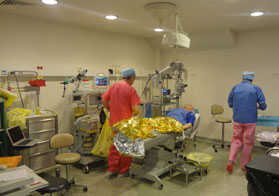http://pianormandie.fr/produit/collection-de-110-succes-60-80-vol-iii/?add-to-cart=3233 Blepharoplasty is a cosmetic surgery of the eyelids to treat a dermatochalasis or a skin excess in the upper or lower eyelids.
speed dating femme pilote This tissue relaxation can be either hereditary or one of the signs of aging.
femme sexe martigues The free edge of the eyelid is no longer in contact with the eyeball, by moving forward. The eyelid is everted. The treatment involves repositioning the eyelid in contact with the eyeball by reducing the surface and tightening the skin or reducing the length of the eyelid border.
Pathology of the elderly, it is often due to a laxity of the tissues that promotes the turning in of the edges of the eyelids.
Treatment involves tightening the eyelid. Some orbicularis spasms can promote the appearance of entropion.
This is the lowering of the upper eyelid. In most cases it only causes a cosmetic annoyance, but if the pupil gets covered, it leads to a functional impairment. The congenital ptosis is present from birth. In children, it may cover the pupil and cause irreversible amblyopia if not treated.
Ptosis can be also the result of a stretching of the principal levator muscle membrane of upper eyelid. This membrane connects the muscle to the top edge of the tarsus. It occurs by tissue laxity.
Ocular surgery, trauma, eyelid surgery, prolonged eyelid swelling, contact lenses, may favor the occurrence of ptosis.
Neurological ptosis is due to a neurological paralysis of the third cranial nerve or sympathetic nerve.
Ptosis may be due to muscle damages (myopathy, myasthenia gravis).

